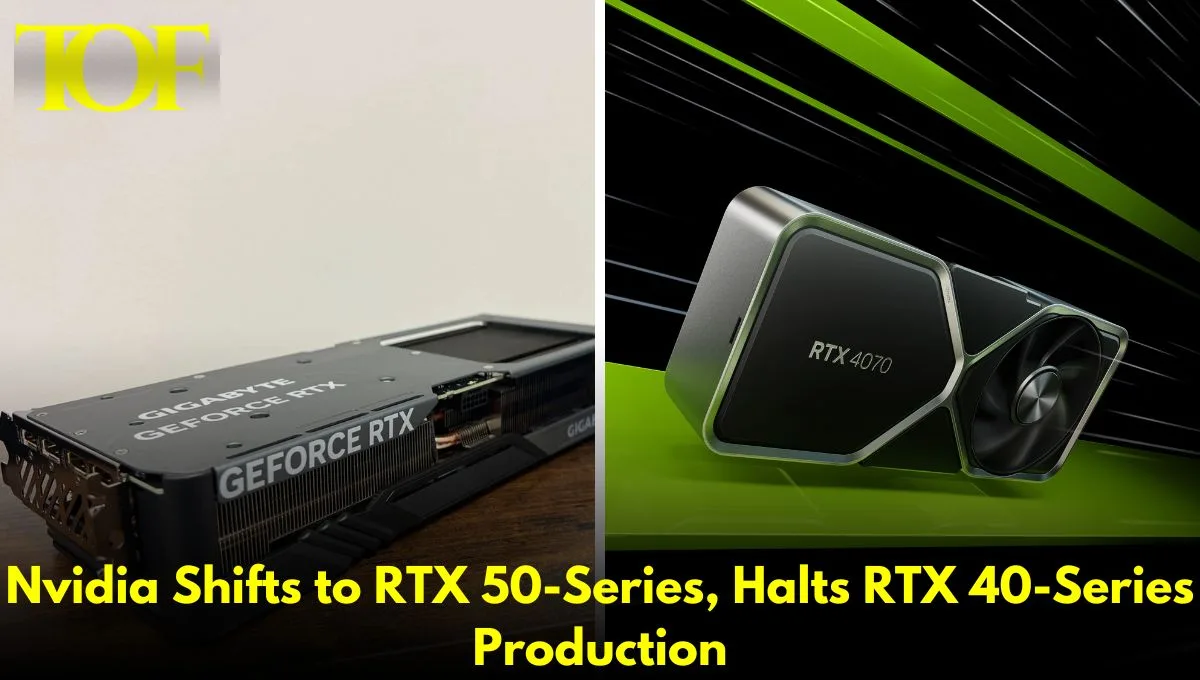Nvidia has stopped the production of RTX 40-series graphics cards and has already been said to be transitioning to the RTX 50-series. According to insiders at Board Channels, combined with reports in the industry, the firm is indeed discontinuing its current generation as a precursor to a new generation. However, this only means that the AD107 chip will remain in production. This chip, powering budget models like the RTX 4050 and RTX 4060, is likely to remain in circulation because of its popularity in entry-level gaming and laptops.
First off, the trend was observed with the flagship RTX 4090, quickly becoming extremely hard to find in the market. Due to very few supplies available, this high-performance edition has regularly sold for above the recommended price since its release, and now with the production stopped, the remaining units come at a premium. Currently, Amazon and Newegg, two of the largest online retailers in North America, are selling the card for between $1,900 and $2,000; however, these prices are reflective of the shortage rather than any nominal adjustment in price.
The production halt cuts across several other chips in the Ada Lovelace family, including the AD102, AD103, AD104, and AD106 – all chips that, until now, have been used in models RTX 4070, 4080, and 4090. This means that for the consumer, the GPUs involved may be still available at the store, but the stock levels would only go lower with time, thereby driving up the prices as fewer parcels of inventory become available.
Industry sources expect that the company will launch the RTX 50-series in January 2025, and flagship variants including the RTX 5090 and 5080 might be available for early next year. From the gamer and PC-builder, of course, this transition period should be a defining moment of having to decide whether or not to buy into the remaining RTX 40-series models or wait for Nvidia’s next products.
To Read More: Technology

